Heather Krebs is faced with the task of archiving all of Rockne Krebs work @RockneKrebsArt #resculpt #sculpture https://t.co/ZEiejkGVs9 pic.twitter.com/JHb3dhUIRR
— Int Sculpture Center (@IntSculptureCtr) December 3, 2016
Re: Sculpt | International Sculpture Center, Nov. 30, 2016. Reestablishing Rockne by John Anderson12/24/2016
0 Comments
"When the Los Angeles County Museum of Art launched its first Art & Technology program back in 1967, the idea of artists and technologists collaborating was radical—and the art world wasn’t quite ready."GUESTS
|
“I Had a Friend in High School” |
“My serve is so good, |
“I am in your debt, and all I did was stand briefly in front of your camera. Sincerely, Rockne Krebs, Sept. 2008 P.S. And beat you in ping pong. Ho, Ho, Ho! Thank you, Thank you, Thank you! Thank you!” |
- HK
Rockne saved me by agreeing to do a commercial job
(I believe his only one)
for a GE marketing campaign with me.
|
- Marc Palumbo
October 15, 2011
Thank you library & archives staff at LACMA’s Library!
Balch Art Research Library
LACMA Unframed / Balch Library: Before and After
“…the renovated library is now also home to the new
Art + Technology Lab…
Library displays feature special selections from the archives, hand-picked by the library and archives staff. Currently, you’ll find fascinating documentation from the original Art and Technology program that ran from 1967 to 1971, including a drawing by artist Rockne Krebs for his laser-beam installation, produced in collaboration with the Hewlett-Packard Corporation.
Displayed alongside is a letter of recommendation by curator
Sam Wagstaff on behalf of artist James Lee Byars, playfully hand scrawled in crayon….” April 21, 2014
Tuchman, Maurice. Art and Technology, A report on the Art and Technology Program of the Los Angeles County Museum of Art,
1967-1971
1967-1971
‘Rockne Krebs is recognized as one of Washington’s finest artists. Krebs “Of the 38 major pieces I’ve made in the last 10 years, two still exist. Perhaps I ought to start making still-lifes of flowers.”’ *1
|
“I think of these as pieces which you experience in total but see only in sequence or passages. The experience is a remembered experience, almost as a piece of music of which you hear the progression. In this case you see the progression of the piece and your final total experience is one of memory.”
Rockne Krebs, 1970 *2
“’Crazy, man!’ is the way young people describe it as the beam dances merrily as it bounces off trees, the waters of the lagoon…” *3
|
“I was disheartened to read Rockne’s 1977 statement, that of the thirty-eight major pieces he had made, only four were still extant.
Rockne’s sobering quote speaks volumes about the temporal nature of all art. However, there is one piece that certainly exists and has become a touchstone for me. Miami Line is a signature Krebs light sculpture that stretches for a third of a mile along the under edge of a Metrorail overpass in downtown Miami ….” *4
William Dunlap, Dec. 2, 2011
“...Krebs’s made one feel extremely happy and proud to be alive at a particular time and place…” *5
- HK
*1. Richard, Paul. Making It as An Artist, The Washington Post, 1977.
*2. The Sixth National Sculpture Conference, 1970, National Sculpture Center, the University of Kansas, Lawrence, KS. Edited by Elden C. Tefft, published 1971. Published transcript of Krebs’ lecture.
*3. Griffin, Thomas. One-the Beam Museum Draws ‘Em Like Moths, The States-Item New Orleans, 1971.
*4. Harrison, Carol. Rockne Krebs Photographs + Interpretations, 2013.
*5. Forgey, Benjamin. Art Life on the Edges, essay, Washington Art Matters: Art Life in the Capital 1940-1990, 2013.
*2. The Sixth National Sculpture Conference, 1970, National Sculpture Center, the University of Kansas, Lawrence, KS. Edited by Elden C. Tefft, published 1971. Published transcript of Krebs’ lecture.
*3. Griffin, Thomas. One-the Beam Museum Draws ‘Em Like Moths, The States-Item New Orleans, 1971.
*4. Harrison, Carol. Rockne Krebs Photographs + Interpretations, 2013.
*5. Forgey, Benjamin. Art Life on the Edges, essay, Washington Art Matters: Art Life in the Capital 1940-1990, 2013.
Shreveport/Bossier's Texas Street bridge glows from the neon
lights that were installed in 1994.
Neil Johnson: The Neon Bridge revisited
The Shreveport Times, Apr. 16, 2014
In 1993, Mayor Hazel Beard flipped a switch and the Texas Street
Bridge — officially, the Long-Allen Bridge, built in 1934 — soon became known as The Neon Bridge.
Even though many people questioned its cost and scratched their
heads over all the hoop-la, the goal of Shreveport officials (City Hall,
Downtown Development Authority, and Shreveport Regional Arts Council) was to create a signature piece of public art that would not only help define Shreveport in a creative, strikingly visual, and very public way, but connect Shreveport with its sister city on the other side of the river.
Rockne Krebs (1938-2011), an artist from Washington D.C., |
Despite an engineering struggle, the laser facet of the project
failed in the offset. Years later, the spotlights would be turned off and finally removed. The neon remained on, but, sadly, it was discovered that constant vibration and road dust and grime were the enemies of neon fixtures and tubes. The tubes began to fail and be replaced, but eventually the speed at which the neon failed outstripped the maintenance money to replace them. Repairing the neon was both very difficult and very inconvenient.
After the bridge succeeded in becoming an artistic icon, today, there is much grumbling about the “non-neon bridge.” Only a small percentage of it remains lit.
But fans of the art should take heart!
Pam Atchison, SRAC executive director, assured me that, first, everyone is quite aware of the condition of the neon artwork, and secondly, there is ongoing activity below radar to find the money to, not only replace the lights, but replace the neon with a type of LED light that strongly resembles neon and is much more stable. Though not exactly the same product, check out the “neon” on the Tourist Bureau mural some evening.
Atchison said they had been shooting for the end of 2014 for the
neon rehab, but it will probably be in 2015. With an extremely tight city budget, it’s mostly about finding just the right grant to apply for — and win.
When the next switch is thrown, I will be standing on the riverbank, excited to see the lit bridge again reflected gloriously in the river below. To the Neon Bridge doubters, I will once again state, “It is a work of art, created by a sculptor using light to transform the bridge. It is not decoration.”
I might also add: Patience.
Neil Johnson is the owner of Neil Johnson Photography and is
based in Shreveport-Bossier City.
On the back of the drawing: “Red River Dave strumming to sundown on the Red River and contemplating the reflection of the Texas Street Bridge. Red River Dave was a Texas cowboy singer from the 33 rpm record era.” Rockne Krebs, 9/1991.
Krebs titled his light sculpture on the Texas Street Bridge, The Red River Bridge, it soon became known as The Neon Bridge.
A wonderful video of Shreveport/Bossier’s waterfront with
stunning Neon Bridge footage, Dec. 2008.
“Shreveport, Louisiana's Nighttime Waterfront Skyline”
by TheManTheyCallRon
In Memory of Philip M. Smith
1932-2014
Philip M. Smith, of Santa Fe, New Mexico, was a leader in national and international science and technology policy. He was the Director of the National Research Council of the National Academies of Sciences and Engineering in the 1980s and 1990s. Previously
he was an Associate Director of the White House Office of Science and Technology Policy in the Ford and Carter administrations.
Phil Smith and Rockne Krebs had a friendship that spanned more
than four decades, and a strong mutual respect for each others life's
work.
Phil's friendship, sound advice and guidance will be sadly missed.
– HK
In Phil’s words -
“Rockne Krebs: An Appreciation
Rockne and I met not long after his breakout show in the 1960s at
the Corcoran where “Ra” and his other site-specific pieces took the Washington and indeed the national art world by storm. I sought him and we met for dinner. We hit it off, starting a life-long friendship that only ended with his death in 2011.
Although I knew the work of “light artists” such as Dan Flavin, I was
intrigued by Rockne’s vision for using light to create monumental environmental works as well as smaller pieces. He was fascinated by my world of science and technology and the latest discoveries in all fields. So we became fast friends, talking long into the night at his studio, at my house in Washington, DC, and on visits at the country studio in Burgess, Virginia. He visited me for lunch at the White
House Mess, one time with Lynda Benglis in tow and at the National Academy of Sciences where I arranged an exhibition of his drawings.
With a huge number of other friends we watched the bicentennial fireworks on the Mall in 1976.
One evening at his DC studio, fueled by some wine, I described current research in lightning, telling Rockne that if we could capture all the daily lightning discharges on earth we could supply electricity to all humankind. A couple months later I saw “Lightning Sculpture," an imaginary piece that created a machine to harness lightning thus creating huge sculptural works in the sky. It was another sculptural use of light from Rockne’s standpoint. The drawing hung in my office in the big Victorian executive office building west of the White House for six years and then in my office at the National Academy of Sciences for a decade. With Rockne’s concurrence I gave “Lightning Sculpture” to the Spencer Museum of Art, University of Kansas (his
alma mater) in 2010.” Philip M. Smith, January, 12, 2012
From the Archive: Washington, DC, 1970. Scanning negatives,
a roll of creative minds at work together.
Walter Hopps, Joe Cameron, Dorothy Gilliam, Sam Gilliam, John Gossage, Juan Downey, and more. Photographs by Rockne Krebs. Never-before-printed. Help naming the unidentified people would be appreciated.
Walter Hopps, 1970, arriving at Sam Gilliam’s, Washington, DC | Bob Elliott, Jr., 1970, and a great candid shot. |
- HK
Commentary on the Art of Rockne Krebs
Please share your thoughts.
x.com/RockneKrebsArt
Click to see @RockneKrebsArt's
tweets since 2012.
via Instagram
Categories
All
Art And Technology
Comments & Thoughts The Art Of Rockne Krebs
Drawings
From The Rockne Krebs Archives
Gene Davis
Philadelphia Museum Of Art
Plexiglas Sculptures
Public Art
Solar Art
Strathmore Fine Art
Studies & Prints
Urban Scale Laser Sculpture
Urban-Scale Laser Sculpture
What’s Up: New Technologies In Art



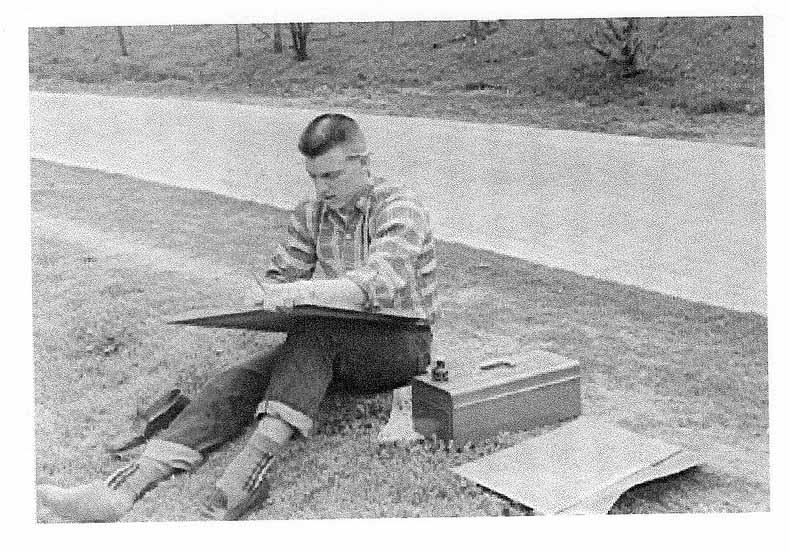

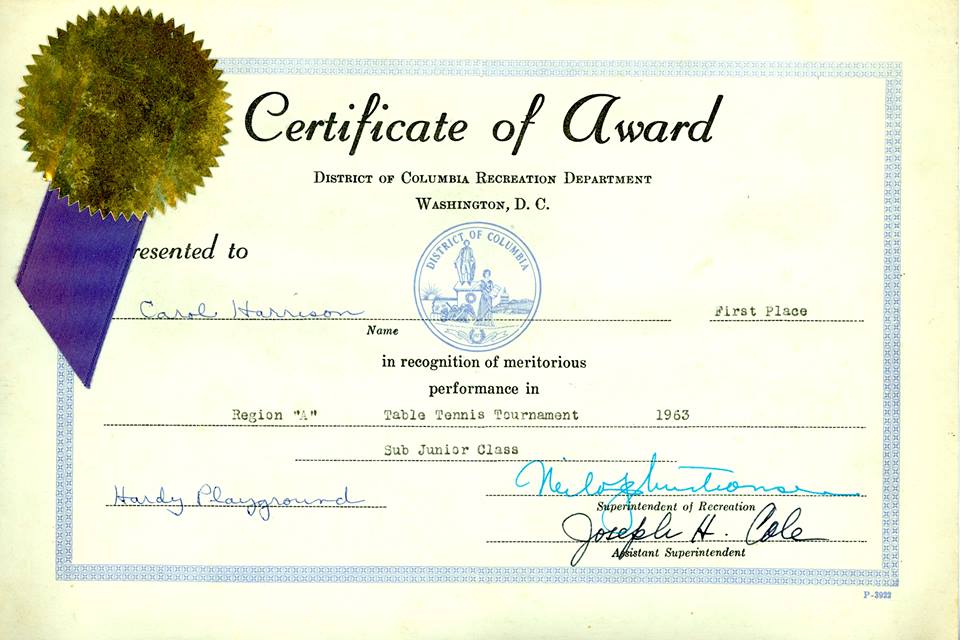



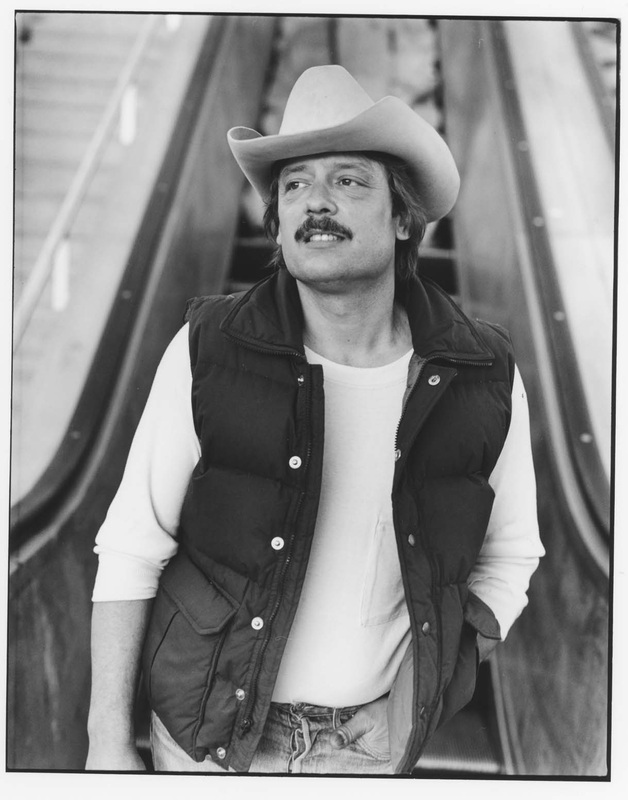





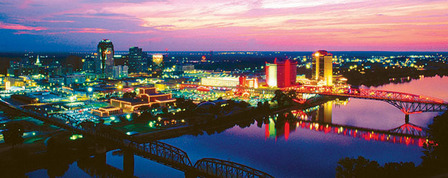









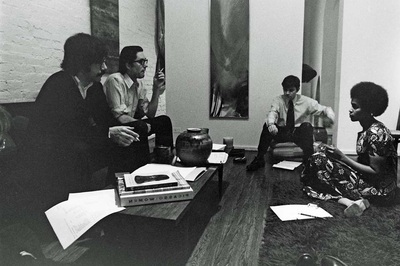


 RSS Feed
RSS Feed
